Ramada Hotel Dongdaemun (라마다호텔 동대문)
1.6Km 2021-06-15
354, Dongho-ro, Jung-gu, Seoul
+82-2-2276-3500
Ramada Hotel Dongdaemun is a business hotel located in the heart of Seoul. It is located within a short walking distance from Dongdaemun History & Culture Park with many of Dongdaemun's major shopping centers close by. The hotel offers a conference room that can accommodate up to 20 people and a business center that caters to guests who are on a business trip. Guests can also take advantage of free Wi-Fi from their room.
After Work 33 (에프터워크33)
1.6Km 2021-03-19
21, Yulgok-ro 10-gil, Jongno-gu, Seoul
+82-70-4403-0033
Well-known for its charming garden and stylish interior design. The best menu at this restaurant is risotto. This is a Western cuisine located in Jongno, Seoul.
Donuimun Museum Village (돈의문박물관마을)
1.6Km 2024-07-22
14-3 Songwol-gil, Jongno-gu, Seoul
Donuimun Museum Village is a historical and cultural space situated in the city center reborn through Seoul-style urban generation while still maintaining its historical value as the first village within the western gate of Hanyangdoseong as well as the lives and memories from the city's modern and contemporary era.
Together with the neighboring area surrounding Gyonam-dong, Jongno-gu, Donuimun Museum Village was selected for inclusion in the "Donuimun New Town" in 2003 for which all of the existing buildings were to be torn down to construct a neighborhood park. But the city of Seoul had another plan in mind; it wanted to maintain this small village, where the old lives and memories are still well-preserved, as a village museum to not only spread the historical significance of Saemunan Village, the first neighborhood within the western gate of Hanyangdoseong (the Seoul City Wall) but also establish the village as a historical and cultural asset for all Seoul citizens. The village was remodeled while keeping the buildings as untouched as possible and, in a few sites where houses had been torn down, broad yards were created. As a result, the warm and affectionate appearance of the village including modern structures, urban-style hanok, and streets with 100 years of history still remain today in their original places to be reborn as a place of new culture enjoyed and experienced by citizens.
Today, Donuimun Museum Village welcomes visitors with a new concept, "100 Years of Seoul, Time Travel Playground in the City." The village has undergone a significant overhaul to fill itself with "participation-style" spaces and contents where exhibits, experience sessions, performances, and marketplaces are held year-round while keeping 40 or so existing buildings intact in order to solidify its identity as a "living museum village," which is the original intention behind the village's creation.
Olive Young - CJ CheilJedang Center Branch [Tax Refund Shop] (올리브영 제일제당센터)
1.6Km 2024-04-22
330, Dongho-ro, Jung-gu, Seoul
-
Soonheenae Bindaetteok (순희네빈대떡)
1.6Km 2024-03-20
5 Jong-ro 32-gil, Jongno-gu, Seoul
+82-2-2264-5057
Soonheenae Bindaetteok is a stall located in Gwangjang Market known for its mung bean pancakes and meatballs. Bindaetteok (mung bean pancake) is a dish made by grinding mung beans and mixing them with kimchi, bracken, and ground pork, then flattening and frying the mixture. Here, they grind mung beans on a millstone and fry the bindaetteok on the spot, resulting in a crispy and savory taste. The secret soy sauce dip complements the bindaetteok perfectly. Situated within the traditional market, the atmosphere is lively.
Seoul Yakhyeon Catholic Church (서울 약현성당)
1.6Km 2020-03-26
447-1, Cheongpa-ro, Jung-gu, Seoul
+82-2-362-1891
Yakhyeon Catholic Church was established as a result of Korea gaining religious freedom in the 23rd year of King Gojong’s reign (1886) and the subsequent increase of the Catholic population. In 1891, Myeongdong Cathedral's head priest Doucet laid down the foundation stone in Hap-dong. Coadjutor bishop Coste was in charge of design and construction and the building was eventually completed in 1892. The church was named after "Yakjeonhyeon," or a hill of medicinal herbs. This is because the place where the church is located was once a hilly area covered with medicinal herbs. Later on, Yakjeonhyeon was shortened to Yakhyeon and it became the name of the hilly area between Malli-dong and Seoul Station.
Yakhyeon Catholic Church was the first Western-style church ever built in Korea. It's Gothic architecture features a 12-meter-wide and 32-meter-long cruciform construction with low arched windows and a pointed-arch entrance gate.
EPAIS (에페)
1.6Km 2021-03-19
31, Jong-ro 31-gil, Jongno-gu, Seoul
+82-2-747-8894
This is a Japanese cuisine located in Jongno, Seoul. The best menu at this restaurant is house-made pork loin cutlet. The favorite store of office workers.
Onion Anguk Branch (어니언 안국)
1.6Km 2024-02-20
5 Gyedong-gil, Jongno-gu, Seoul
Onion is a café situated in a hanok dating back to the 1920s. Renovated with careful preservation of the daecheongmaru and madang, the café offers a glimpse into traditional Korean architecture. The signature menu item is the vanilla bean latte, and popular desserts include pandoro and salty butter bread. Its proximity to nearby attractions such as Gyeongbokgung Palace, Changgyeonggung Palace, and Changdeokgung Palace makes it a convenient stop for those exploring Seoul's major palaces.
Gwanghwamun Gate (광화문)
1.6Km 2024-12-04
161 Sajik-ro, Jongno-gu, Seoul
+82-2-3700-3900
Built in 1395 under the reign of King Taejo, the first king of the Joseon dynasty, Gwanghwamun Gate is the southern gate of Gyeongbokgung Palace. It is also the main gate of the palace, therefore larger and fancier in comparison to the other gates. Gwanghwamun Gate consists of three arched gates; the center gate was used by the king, while the other two were used by the crown prince and royal officials. The tall granite walls of the gate serve as a platform for the wooden gate tower that watches over the city. The gate has a sign with its name written at the top center of the gate tower.
Gwanghwamun Gate went through several damages and restorations over the course of history. It was first severely damaged during the Imjin War (1592-1598) and was not restored until the reconstruction of Gyeongbokgung Palace in 1864. Under the Japanese administration, the gate was demolished and relocated to the north of the palace's eastern gate, followed by series of damages during the Korean War (1950-1953). In 1968, Gwanghwamun Gate was relocated back to the south of the palace and was rebuilt using concrete; however, the gate’s position was shifted a few meters away from its original location. In 2006, a major reconstruction project took place to restore Gwanghwamun Gate to its original state and location, disassembling the structure completely and replacing concrete with granite and wood. After three years and eight months of construction, Gwanghwamun Gate was fully restored to its original form and was open to the public on August 15, 2010.
Olive Young - Plus Branch [Tax Refund Shop] (올리브영 플러스점)
1.6Km 2024-06-27
#B114~#B115, 372, Hangang-daero, Yongsan-gu, Seoul
-

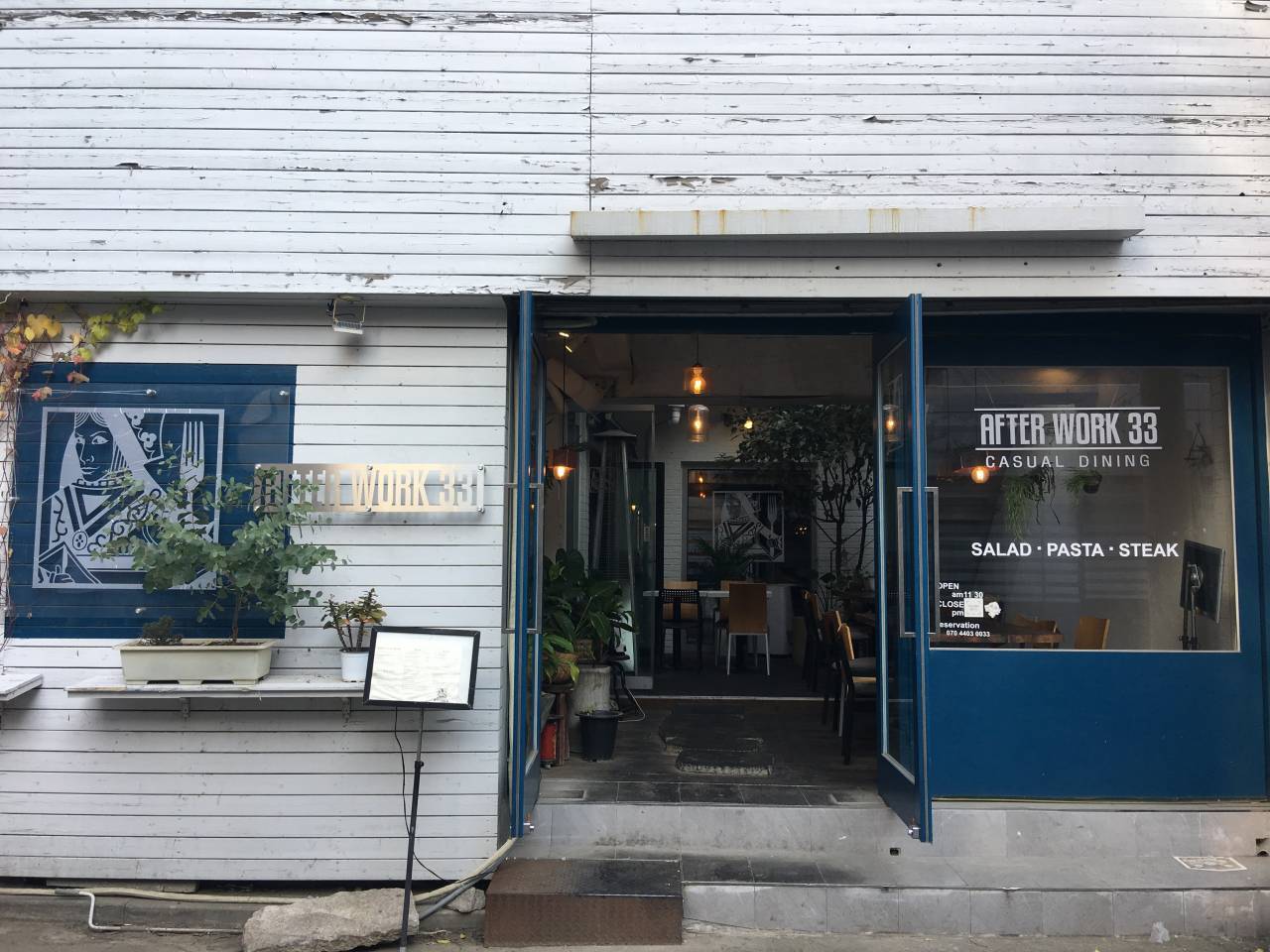
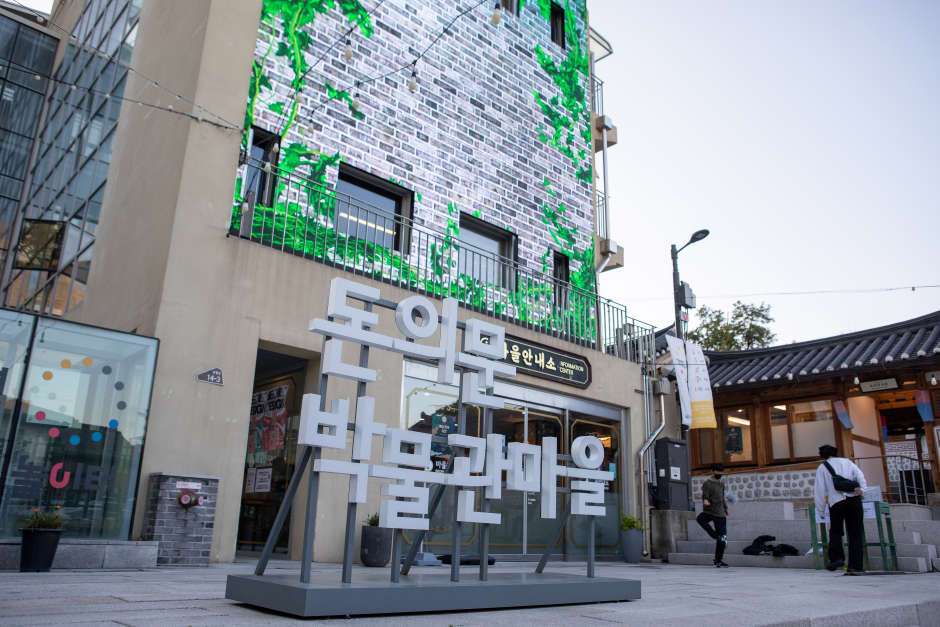
![Olive Young - CJ CheilJedang Center Branch [Tax Refund Shop] (올리브영 제일제당센터)](http://tong.visitkorea.or.kr/cms/resource/75/2878675_image2_1.jpg)

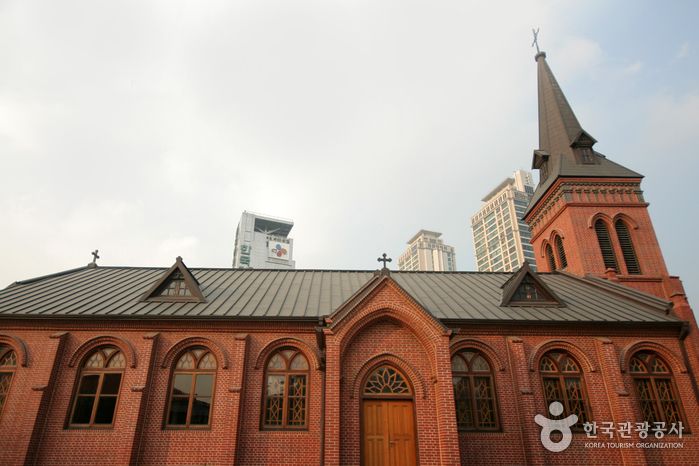
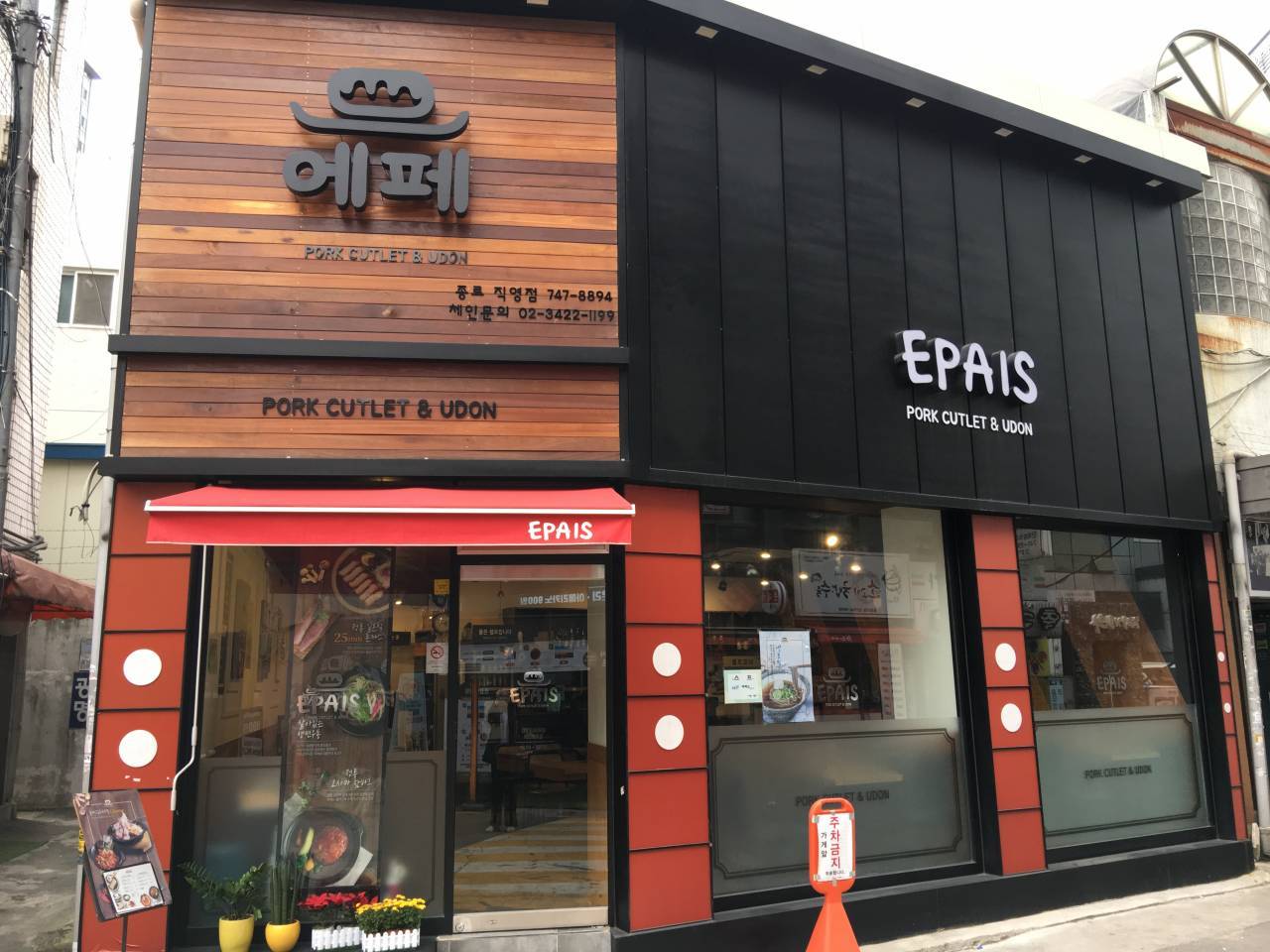
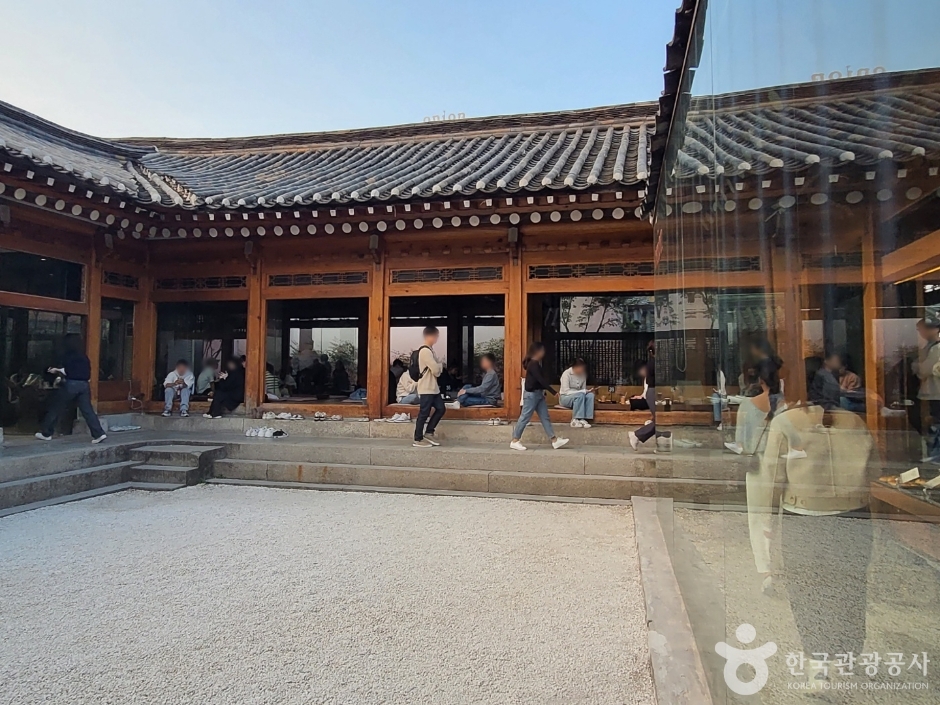
 English
English
 한국어
한국어 日本語
日本語 中文(简体)
中文(简体) Deutsch
Deutsch Français
Français Español
Español Русский
Русский